Reading Time: 17 minutesAbout a decade into my automotive journalism career, and a bit more than 10 years ago,
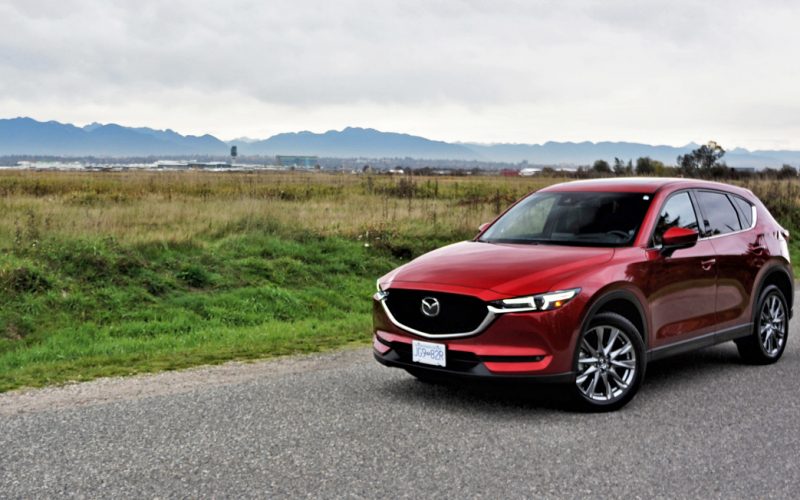
Reading Time: 10 minutesAnticipation. Sometimes it’s better than the real thing. Just think back to someone you fell head
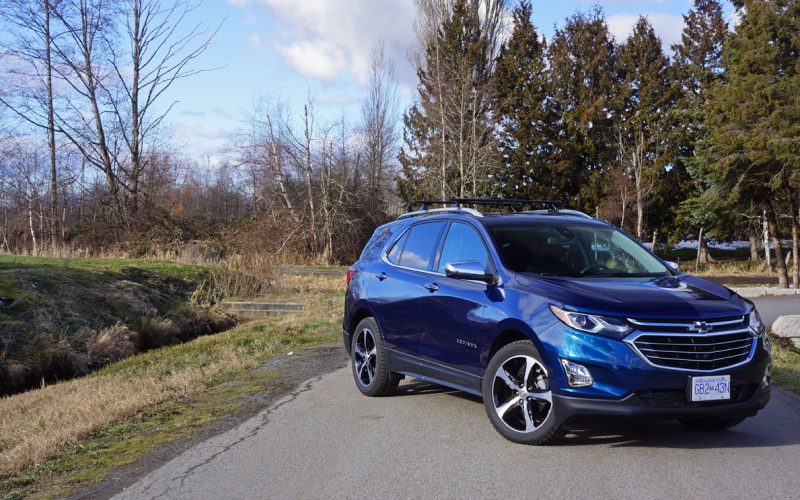
Reading Time: 12 minutesA diesel in a compact crossover SUV? Now that’s marching to a different drummer. In fact,
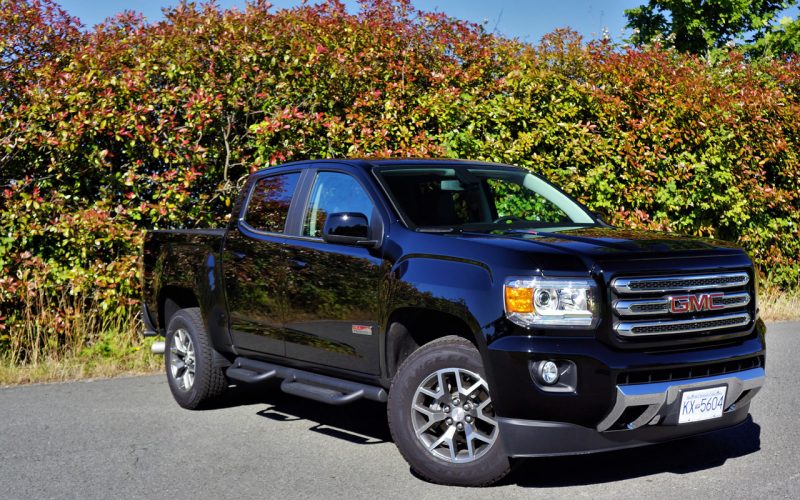
Reading Time: 12 minutesThanks to General Motors, the mid-size pickup truck market is once again starting to heat up.
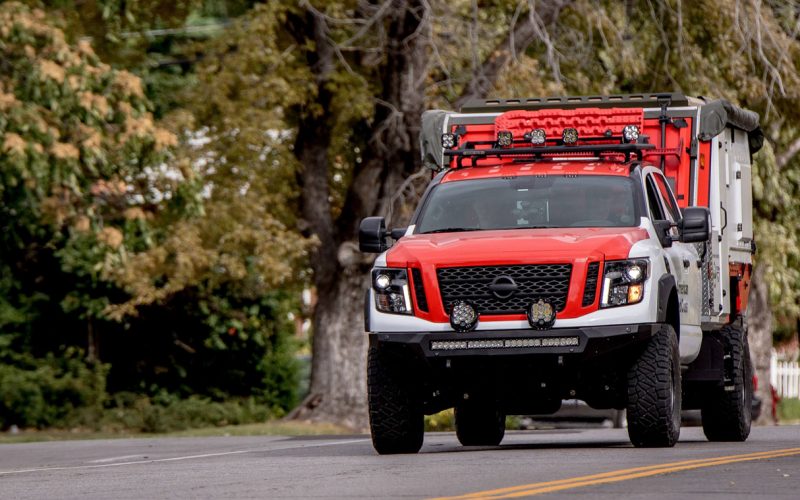
Reading Time: 4 minutesAnyone familiar with the new Nissan Titan already knows it’s one seriously capable full-size truck, which
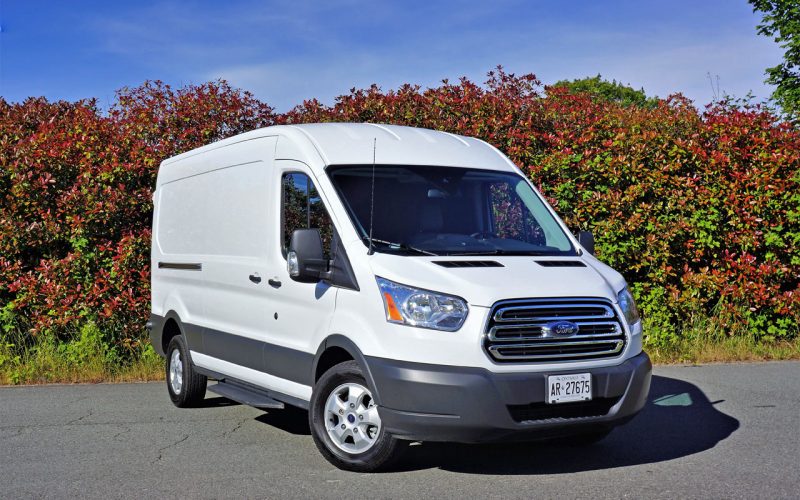
Reading Time: 5 minutesI bet you can think of a dozen or more things you could do with this
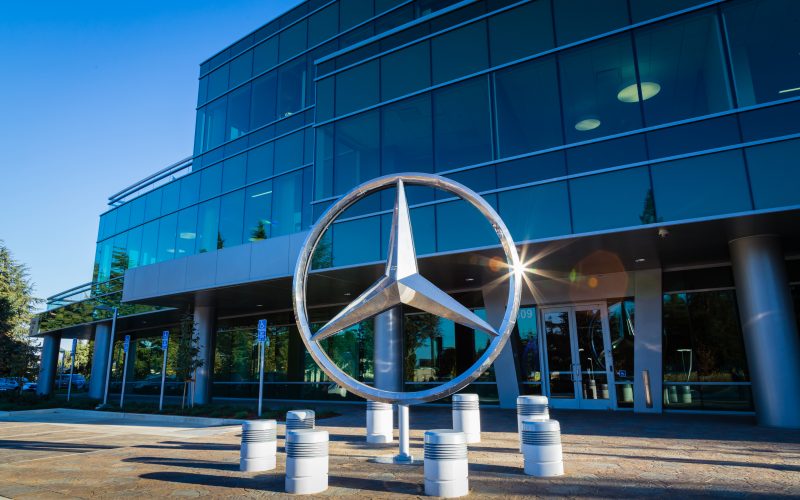
Reading Time: 2 minutesAfter a report issued by Daimler on May 10th stating it would no longer be selling
© 2025 The Car Magazine. All Rights Reserved, Privacy Policy | Terms of Use